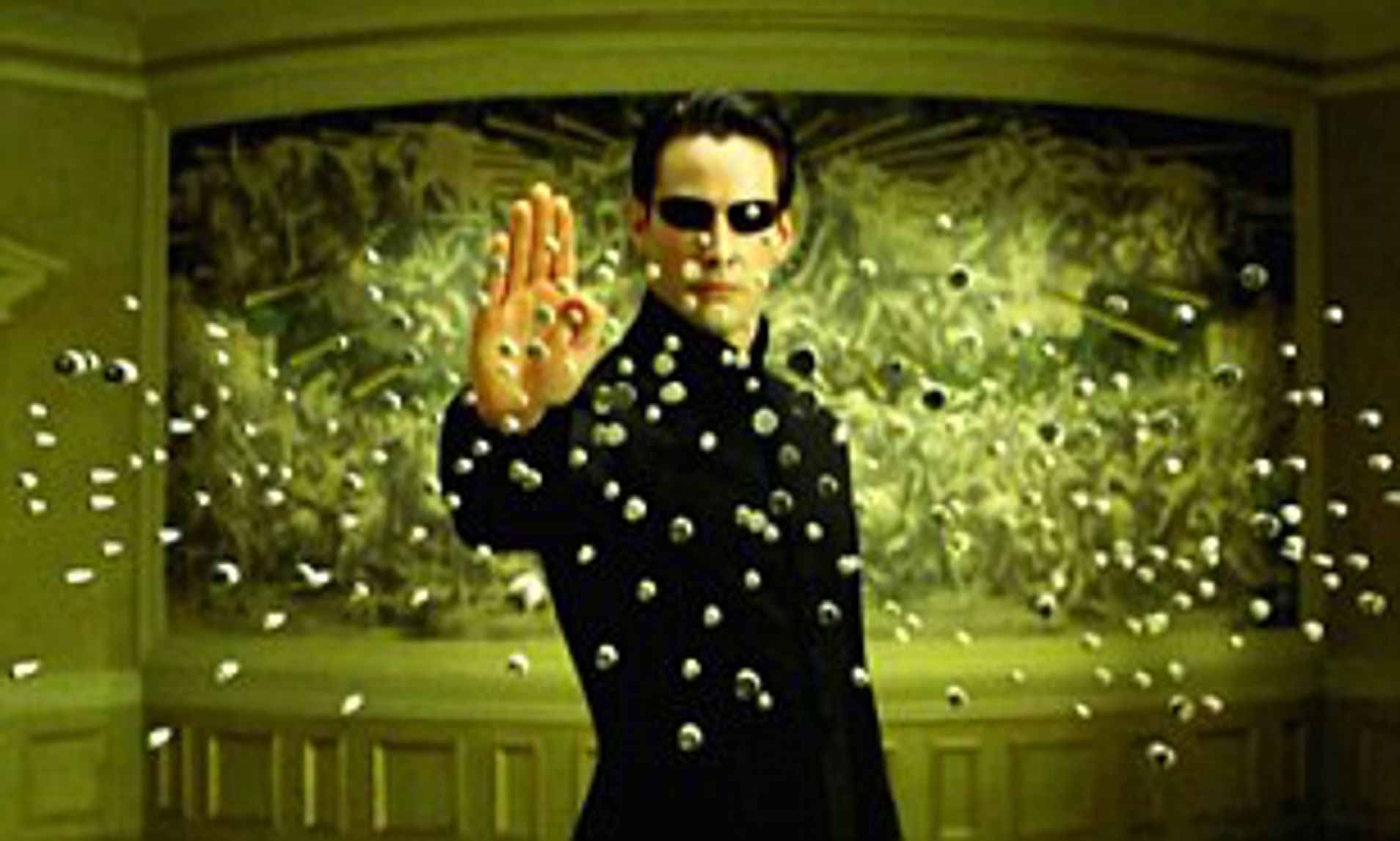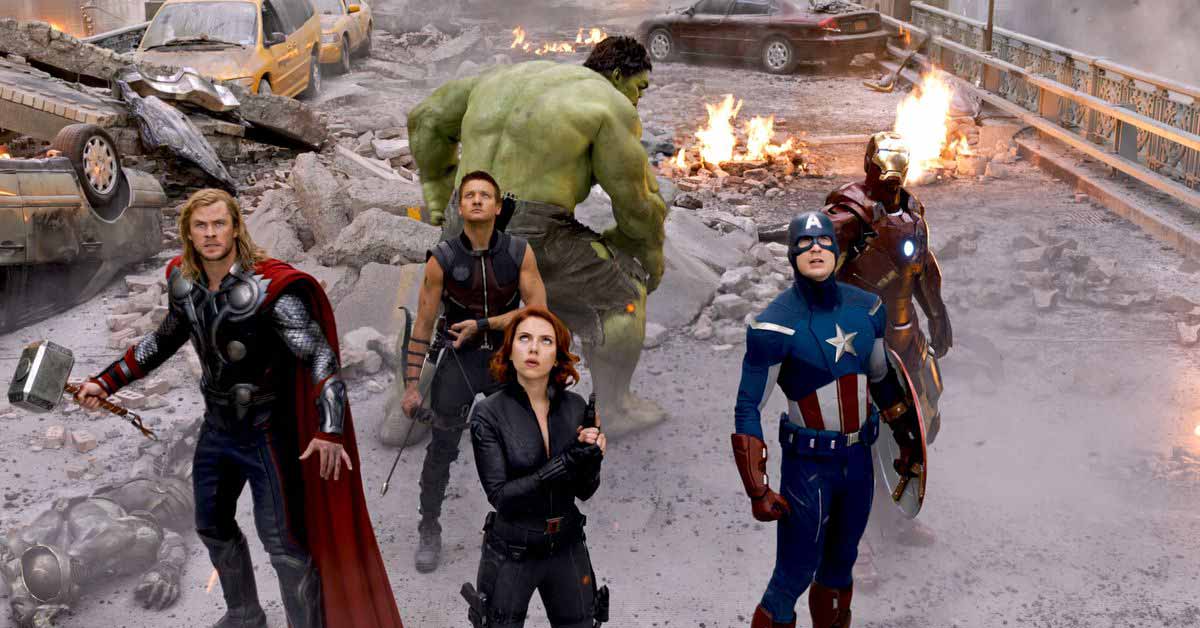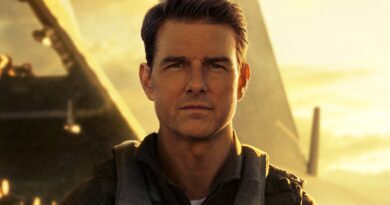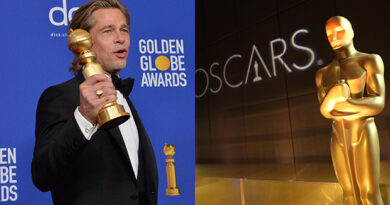The Role of CGI in Modern Movies: From Jurassic Park to Avatar
Computer Generated Imagery, or CGI, has become an integral part of modern filmmaking. It is used to create stunning visual effects, creatures, and environments that would be impossible or too costly to achieve through practical means. Since its introduction, computer-generated imagery (CGI) has revolutionized the film industry by enabling directors to push the limits of what is practical for the screen. Let’s examine the use of computer-generated imagery (CGI) in contemporary motion pictures, from its inception in Jurassic Park through its revolutionary application in Avatar.
The Early Age of CGI in Movies
Jurassic Park (1993) is widely regarded as the film that brought CGI to the mainstream. Directed by Steven Spielberg, the movie featured lifelike dinosaurs that were created using a combination of practical effects and CGI. The usage of CGI in the movie was innovative and raised the bar for visual effects in motion pictures. In fact, The Toy Story (1995) was the first feature-length film made entirely with CGI animation.
Before Jurassic Park, most visual effects were produced using realistic techniques like animatronics or stop-motion animation. These techniques have their limitations even though they were efficient. Stop-motion animation took a lot of time and money, and animatronics could only accomplish a certain number of movements. On the other hand, CGI gave filmmakers the ability to produce worlds and monsters that were as sophisticated and detailed as they had never been before.

Following the success of Jurassic Park, CGI became more prevalent in movies, with films like The Matrix (1999) and Star Wars: Episode I – The Phantom Menace (1999) pushing the boundaries of what was possible with technology. The Matrix’s iconic “bullet time” technique, which slowed down time to depict characters evading bullets in midair, was made possible by the usage of computer graphics.
The Evolution of CGI in Modern Films
Over the years, CGI has continued to evolve, becoming more sophisticated and seamless in recent years thanks to movies like The Avengers (2012) and Avatar (2009). In Avatar, director James Cameron created a stunning alien world called Pandora, which was entirely CGI. The use of motion capture technology in the movie allowed actors to portray extraterrestrial characters; their gestures and facial expressions were recorded and converted into CGI. The outcome was a breathtaking visual experience that immersed viewers in another reality. I mean, there’s a reason why this film still rules the box office at the #1 spot.

Similar to this, The Avengers assembled a group of superheroes, each with their own special skills and talents. The characters in the movie were able to accomplish feats like flying and conjuring lightning bolts thanks to the considerable usage of CGI. Every actor and creature in the movie’s final fight sequence, which included a large extraterrestrial invasion, was digitally recreated.
Are CGI & Digital Effects Ruining Movies?
Although CGI has revolutionized the movie industry, it has also stirred up debate. Some critics contend that the excessive usage of CGI might lead to the creation of lifeless and superficial movies. Some contend that the usage of CGI can diminish the craft of filmmaking because it causes directors to rely too much on technology to realize their ambitions.
While CGI has revolutionized the movie industry and brought us some of the most visually stunning films in recent history, it’s important to remember that behind the technology are real people. The artists and technicians who work tirelessly to create these visual effects and bring our favourite films to life are the unsung heroes of the movie industry.
From the concept artists who sketch out the initial designs for the film’s creatures and environments, to the animators who bring those designs to life, and the VFX artists who work on the finishing touches, each person plays a crucial role in creating the final product. Without their talent and dedication, the stunning visuals that we’ve come to expect in modern movies would not be possible.

It’s also worth noting that while CGI has opened up new possibilities for storytelling, it can never replace the human touch. At the heart of every great film is a compelling story and characters that we can connect with on a personal level. While CGI can enhance the visual experience, it’s the human element that keeps us engaged and invested in the story.
In conclusion, the role of CGI in modern movies cannot be overstated. It has revolutionized the way that we tell stories on screen and brought us some of the most visually stunning films in recent history. It has made it feasible for filmmakers to write stories and produce breathtaking visual effects that would not have been possible otherwise. It will be fascinating to watch how filmmakers continue to push the boundaries of what is possible on screen as technology develops.
However, it’s important to remember that behind the technology are real people who bring their creativity and passion to every project they work on. As the movie industry continues to evolve, it’s important to keep the human touch at the forefront of our minds and remember that great storytelling will always be the heart of cinema.




